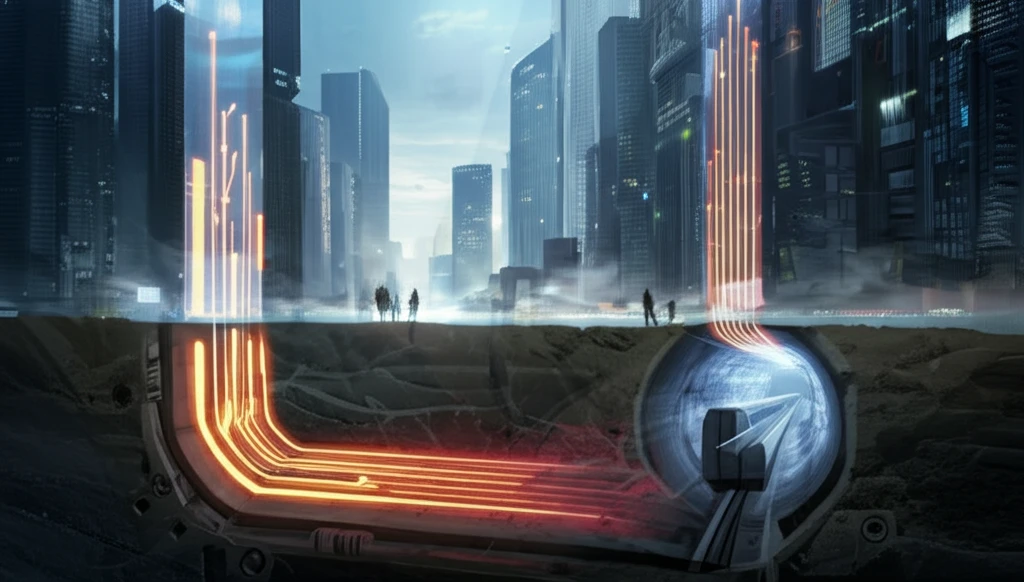
Underground Heat: How Subway Systems Can Power Our Cities Sustainably
"Discover innovative ways urban environments are leveraging subway systems to recover heat energy, reducing carbon emissions and creating sustainable energy solutions."
Cities around the world are facing increasing pressure to reduce their carbon footprint and transition to more sustainable energy sources. One unexpected solution lies beneath our feet: the vast network of underground railways. These subway systems, traditionally seen as consumers of energy, are now being recognized for their potential to generate and recover heat energy, offering a unique opportunity to power our cities more sustainably.
The European Council set a target in March 2007 to reduce greenhouse gas emissions by 20% by 2020, with the UK Government pushing further to achieve an 80% reduction by 2050 compared to 1990 levels. A significant portion of fossil fuels are used for low-temperature heating in buildings, making the decarbonization of the heat sector essential to achieving these goals. Cities across Europe are now focusing on reducing heating-related carbon emissions.
London, for example, aims to generate 25% of its heat and power through local, decentralized energy systems by 2025. Renewable energy opportunities, including secondary sources like sewers, electricity cable tunnels, and underground railways (URs), are gaining traction. These urban infrastructures, often located near high heat demand areas, could provide year-round heat supplies. By harnessing the latent energy of our existing subway systems, we can make significant strides toward a greener, more sustainable future.
Tapping into the Underground Heat Source: How Does It Work?

Underground railways generate substantial heat due to train operations, braking systems, and ventilation equipment. This heat, often released into the surrounding soil, can be captured and repurposed using various techniques. Ground Source Heat Pumps (GSHPs) are at the forefront of this innovative approach, offering an efficient method to extract and utilize this surplus heat energy.
- Embedded Tunnel Liner Heat Exchangers: These are ideal for newly constructed tunnels, involving closed-loop water-filled pipework within the tunnel segments to extract heat.
- Ventilation System Heat Recovery: This method uses heat exchangers built into railway ventilation shafts to capture heat from the air. A water circuit then transfers the heat to a heat pump, which can connect to nearby buildings or district heating systems.
- Ground Source Heat Pumps (GSHP): Extracts heat from the soil surrounding UR tunnels and can then be used by the city.
A Sustainable Future Below Our Feet
The integration of underground railways with ground source heat pumps represents a significant step towards creating more sustainable and resilient urban environments. By recognizing the potential of these subterranean networks as sources of renewable energy, cities can unlock new opportunities to reduce their carbon footprint, improve energy efficiency, and create a greener future for all. As technology advances and infrastructure evolves, expect to see more cities tapping into this readily available heat source beneath our feet.
